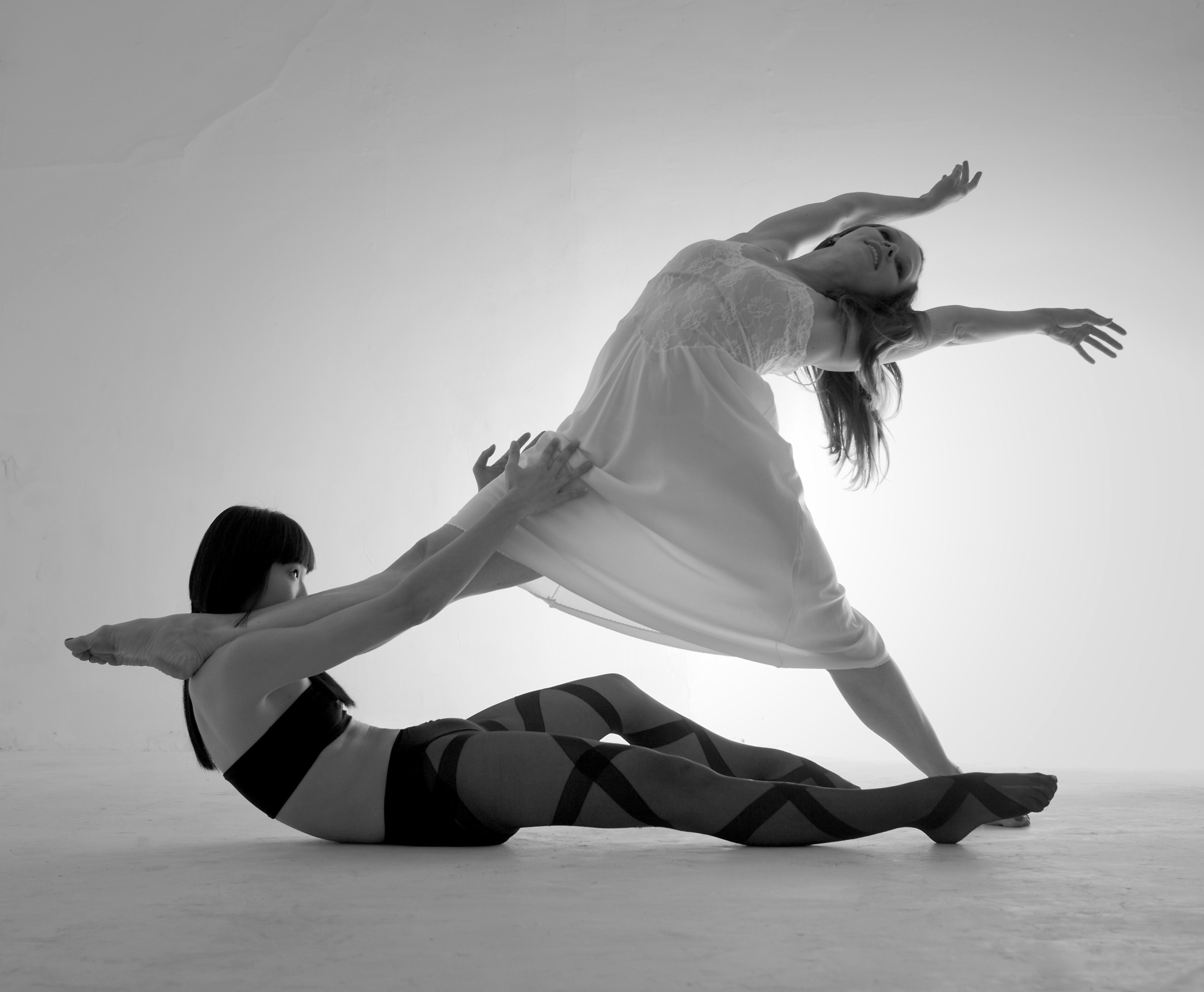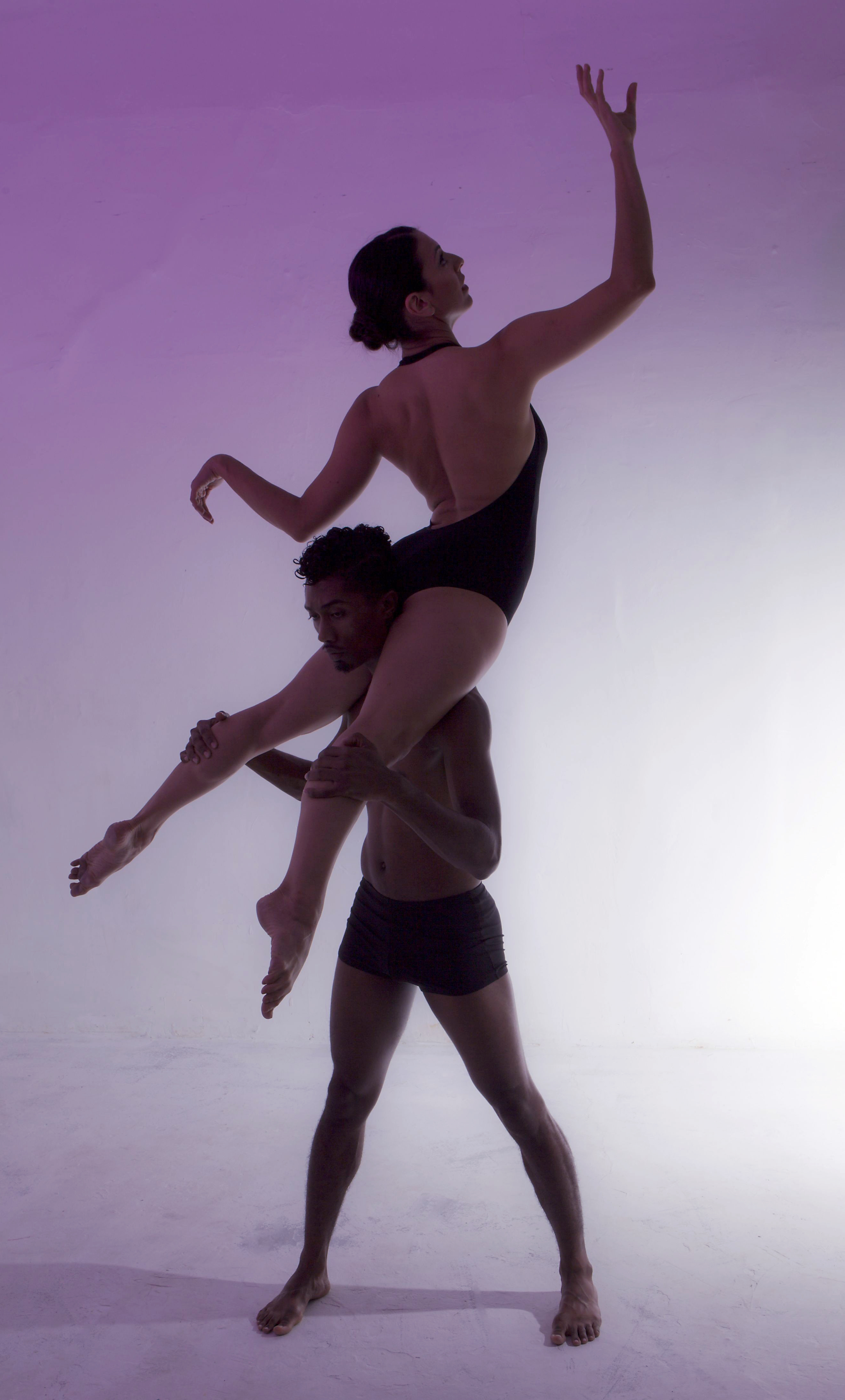
Weightlessness invigorated the dancers as they effortlessly soared through the air as if in a flying dream in the “dream duet” performance. Helios Dance Theater will bring its seemingly gravity-defying contemporary dance style to UCLA Live’s first dance production of the season. It will perform “Beautiful Monsters” at Royce Hall on Saturday at 8 p.m.
According to Laura Gorenstein Miller, Helios’ artistic director, the production will revolve around the world of dreaming and the disturbing quality of nightmares.
“Nightmares are universal, and dreaming is something that connects all humans,” Gorenstein Miller said. “As a child, I had very vivid dreams and nightmares, and I even believed I grew up in a haunted house. This piece, which is very much about vampires and monsters, is kind of making peace with something I was very scared of as a child.”
The world premiere represents a collaborative effort featuring several Los Angeles artists, with an animated short by Gorenstein Miller’s husband, director Chris Miller; costumes for the seven principal dancers designed by Rami Kashou from Bravo’s “Project Runway;” a score by film composer Paul Cantelon and an original stage backdrop painted by Sharon Ellis.
“I’m really proud of what we’re presenting, and beyond thrilled with my cast and collaborators, and how they have supported me in the vision and enriched the vision and brought to it so much more than I could have ever done myself,” Gorenstein Miller said.
Gorenstein Miller said she doesn’t believe in resting, and gives her dancers critiques up until the final curtains.
“The Helios work is the most physically demanding I’ve ever had to do,” said Chris Stanley, a principal dancer in the show. “We all have an active part in rehearsal, we all have input and we work very hard.”
Melissa Sandvig, the principal dancer for the performance and the first ballerina to compete on Fox’s “So You Think You Can Dance,” sees the modern dance work for Helios as a step outside the ballet realm.
“The biggest challenge is, in ballet, you’re pretty much vertical the whole time, and with contemporary and modern dance, you have to learn to be very grounded and drop your weight, which involves moving your torso and your head and rolling on the floor,” Sandvig said. “It is definitely less specific than ballet, so there’s lots of room for interpretation, which is a blessing and a curse sometimes.”
During rehearsal, the dancers were required to use their own interpretations to complete Gorenstein Miller’s vision for the choreography.
“A lot of it is like symbolism, where Laura gives us a symbol of wings or the feeling of being captured or asks for a movement quality, and we all interpret it differently,” Sandvig said.
“Somehow we come upon a consensus of what it should look like, so that when we dance together we try and look the same.”
Gorenstein Miller noted that she senses people will derive their own imaginative interpretation of each piece in the performance, much like her dancers did.
“I wanted to make a piece about a vampire, a flying dream, a piece about being scared to fall asleep,” Gorenstein Miller said. “I think the beauty of dance is that those were my choreographic inspirations, but the audience can interpret it in so many ways. Whatever you read from it is valid.”
In one piece, titled “The Little Death,” Sandvig plays a vampire’s victim and suffers a temporary death before rebirth. The illusion to the audience is that the vampire is dancing with Sandvig’s lifeless body on stage.
“It was a challenge for me to play dead while working so hard to make it look like I’m not working hard,” Sandvig said.
According to both Sandvig and Stanley, it is the love of movement that keeps them motivated to push through the physical challenges and keep their bodies dancing all the way through the performance.
“Besides not knowing what I would want to do besides dance, my body just desires that movement,” Sandvig said. “We give everything we have on that stage so the audience will not be disappointed with our blood, sweat and tears.”
